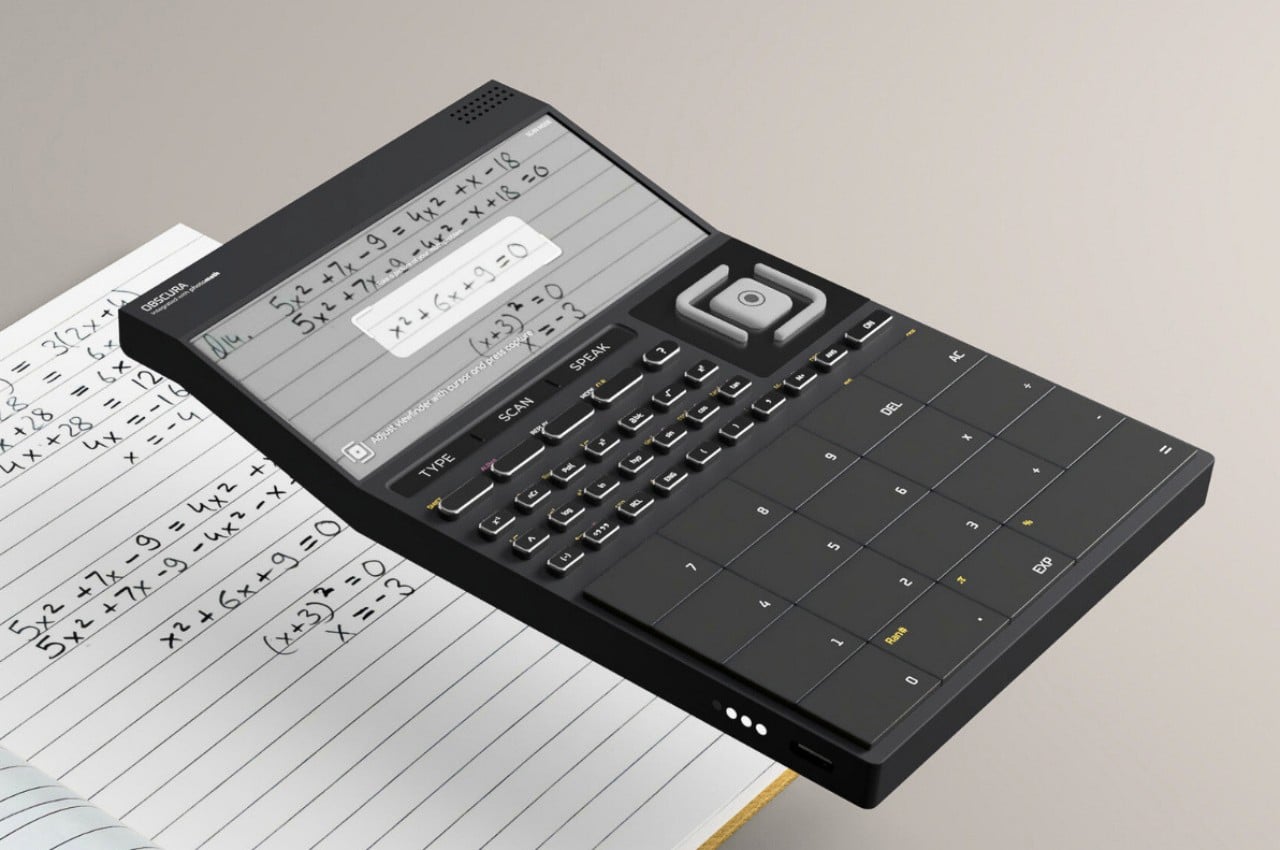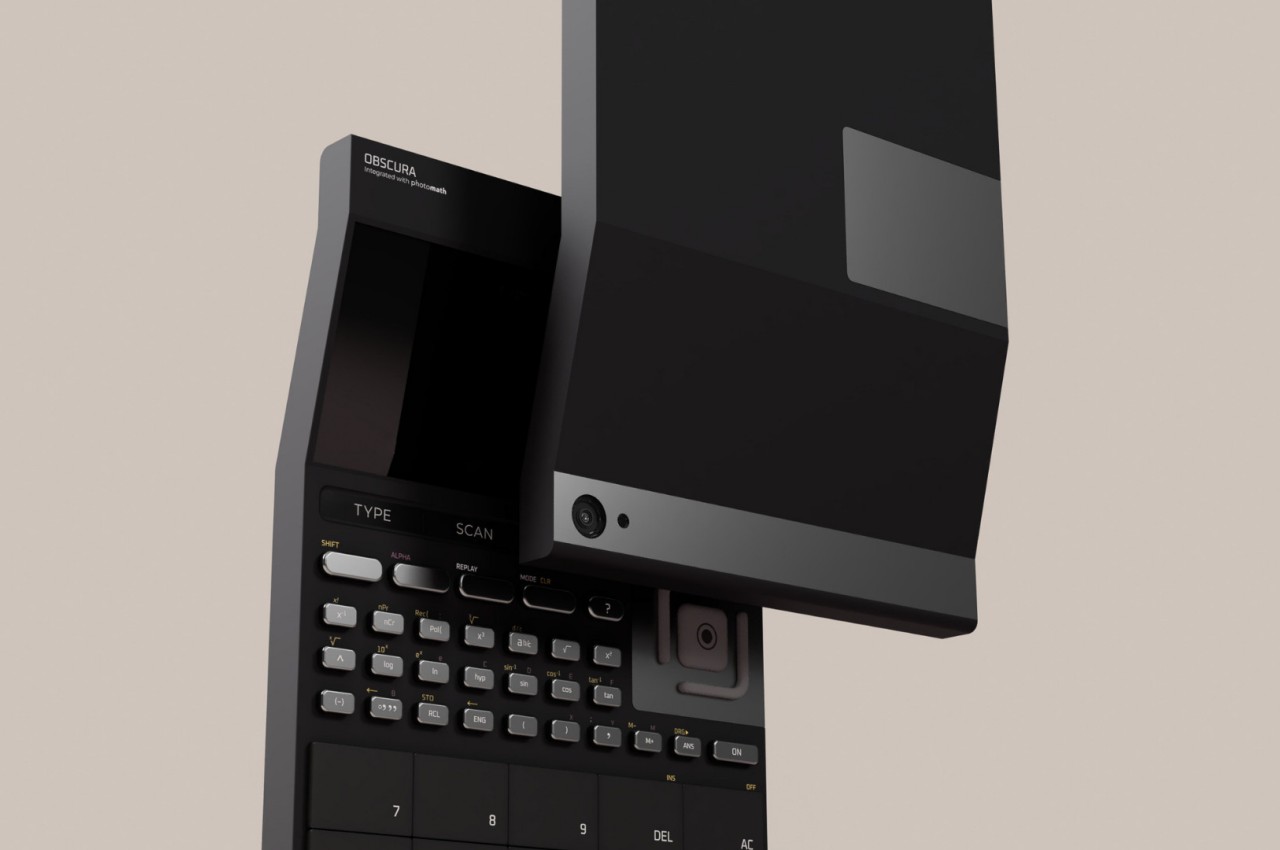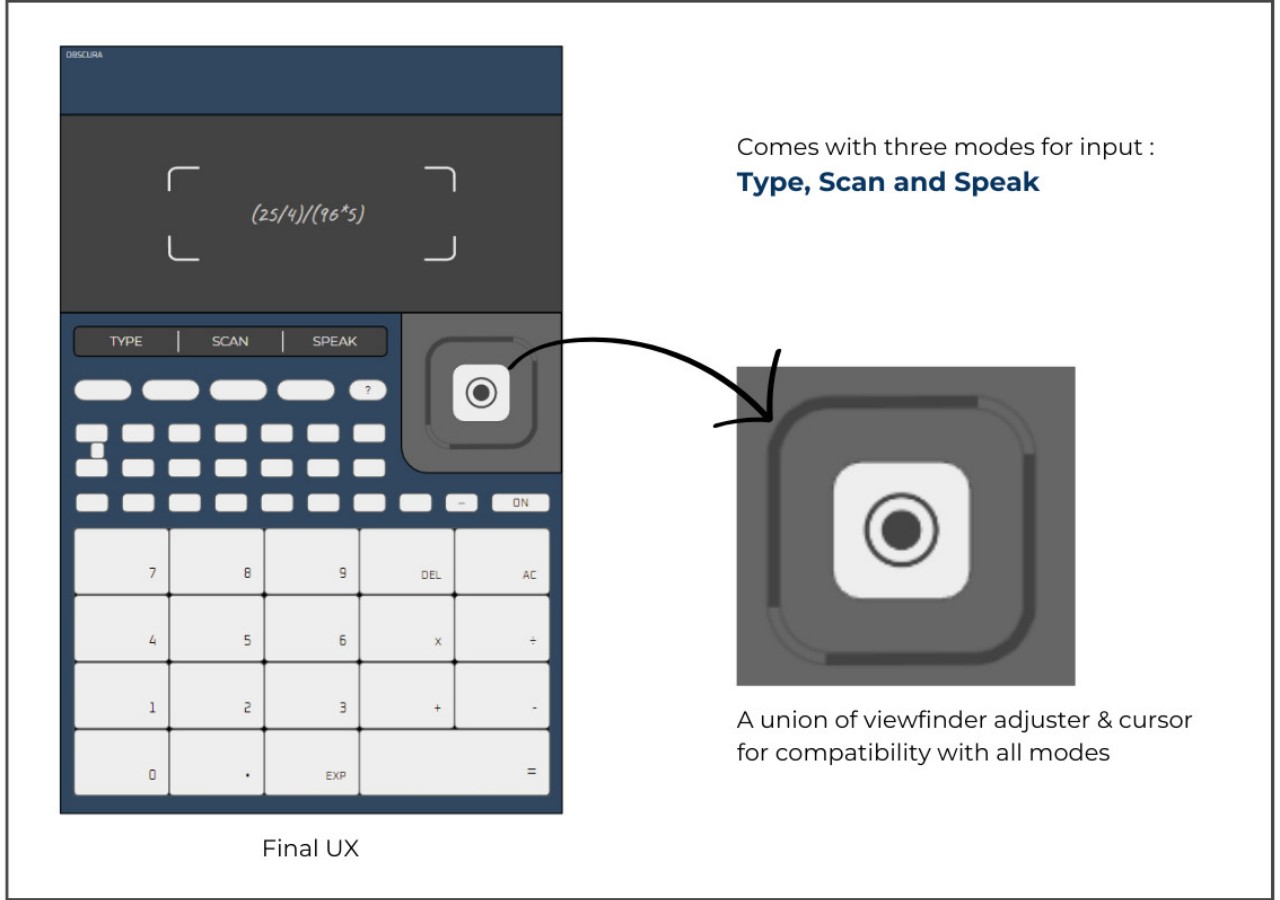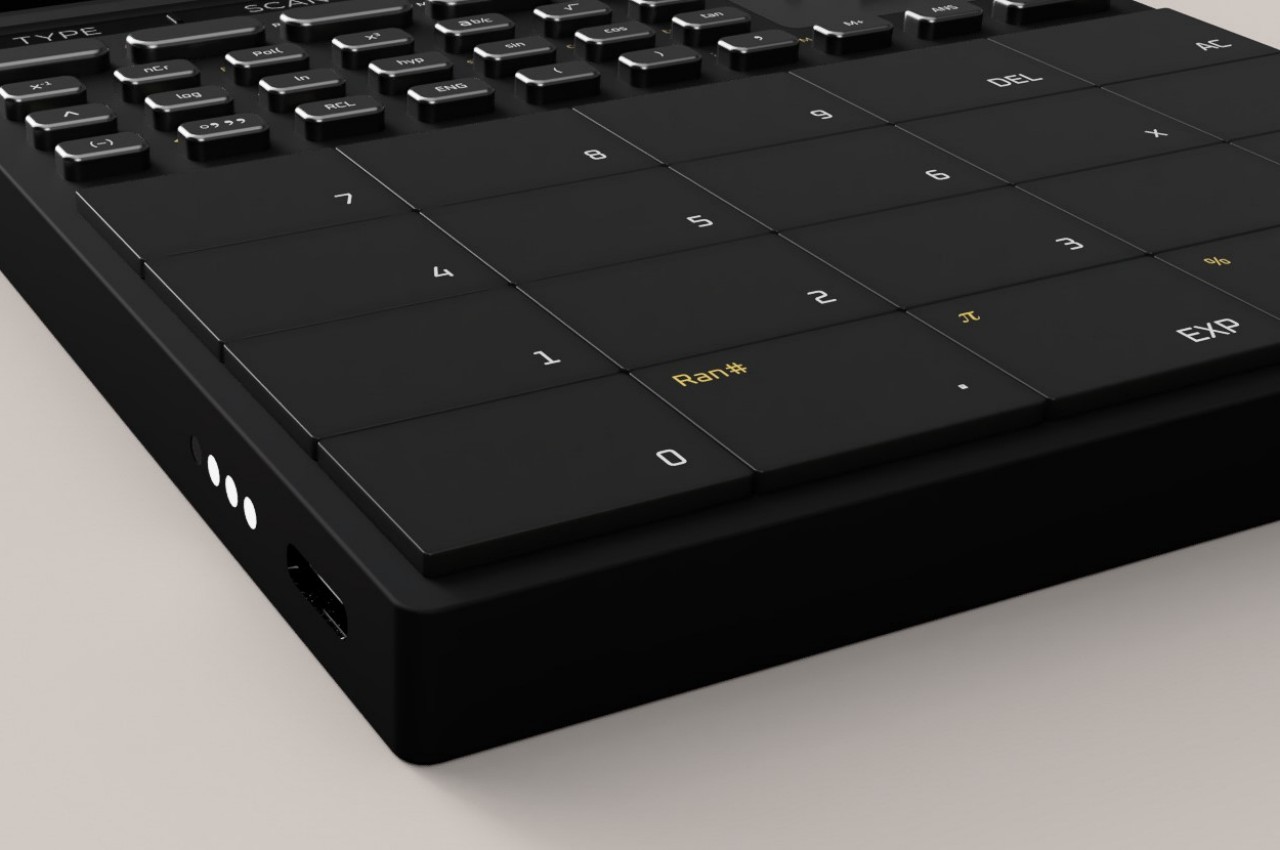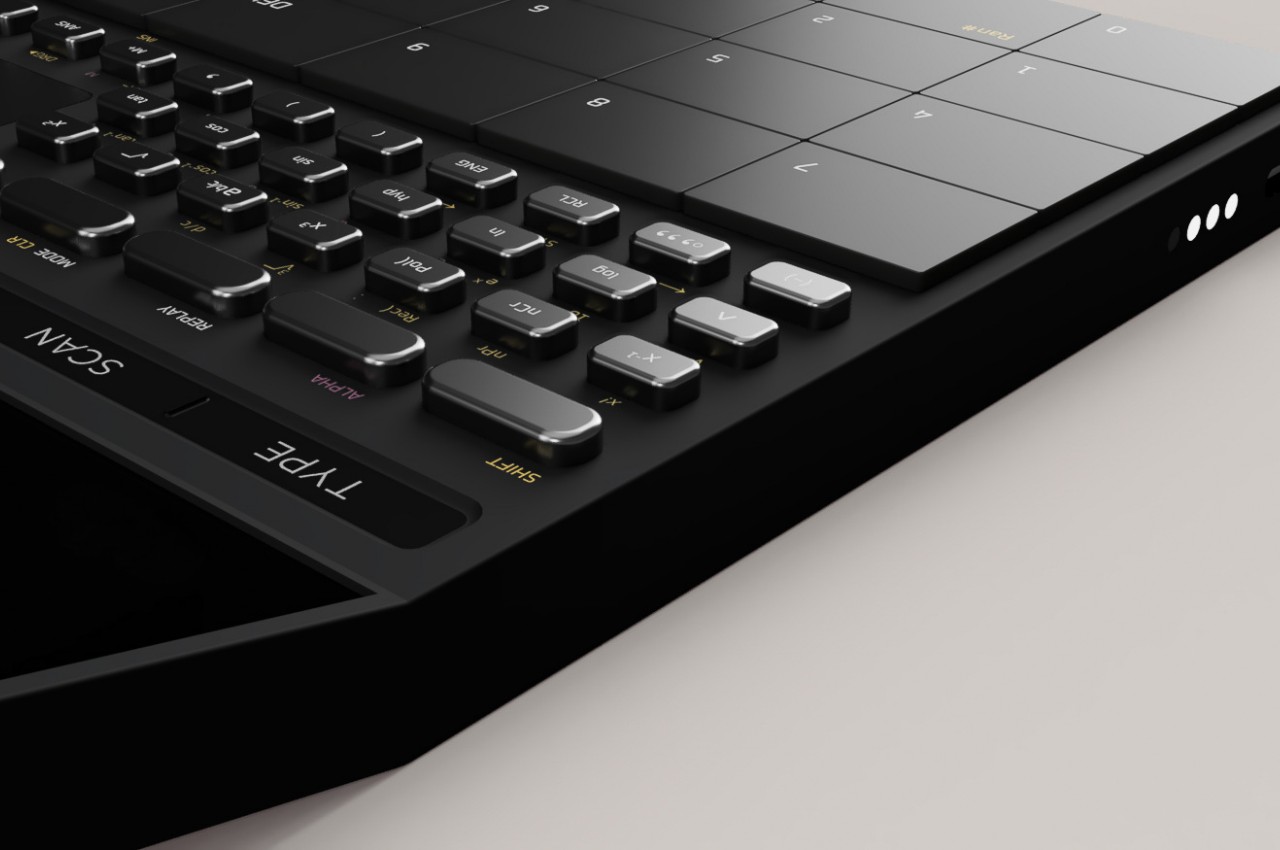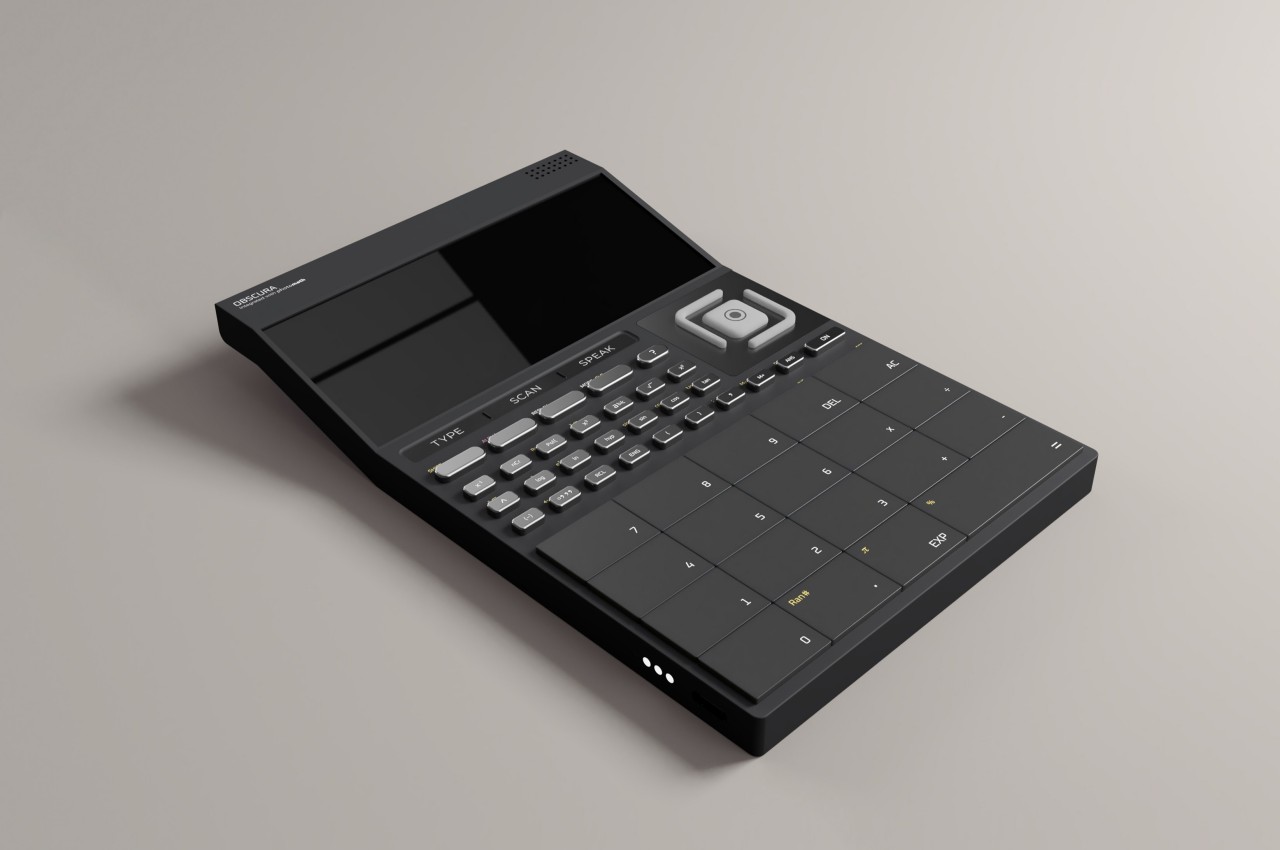A year ago, I visited TikTok’s US headquarters to preview its new “transparency center,” a central piece of its multibillion-dollar effort to convince the US its meme factory isn’t a national security threat. That effort has failed. The company’s negotiations with the government stalled out and the company is now facing its most serious threat to a future in the United States yet.
Last Wednesday, the House of Representatives overwhelmingly approved a bill that, if passed into law, would force ByteDance to sell TikTok or face an outright ban in the US. That lawmakers view TikTok with suspicion is nothing new. Because TikTok’s parent company, ByteDance, is based in China, they believe the Chinese government could manipulate TikTok’s algorithms or access its users’ data via ByteDance employees. But what has been surprising about the Protecting Americans from Foreign Adversary Controlled Applications Act is that it managed to gather so much support from both sides of the aisle seemingly out of nowhere.
After a surprise introduction, the bipartisan bill cleared committee in two days with a unanimous 50 - 0 vote, and was approved by the full House in a 352 - 65 vote less than a week later. Of the dozens of bills attempting to regulate the tech industry in recent years, including at least two to ban TikTok, none have gained nearly as much momentum.
But the renewed support for banning or forcing a sale of TikTok doesn’t seem to be tied to any newly uncovered information about TikTok, ByteDance or the Chinese Communist Party. Instead, lawmakers have largely been rehashing the same concerns that have been raised about the app for years.
One issue often raised is data access. TikTok, like many of its social media peers, scoops up large amounts of data from its users. The practice has gotten the company into hot water in the past when many of those users were discovered to be minors. Many lawmakers cite its large cache of user data, which they claim could be obtained by Chinese government officials, as one of the most significant risks posed by TikTok.
“Our bipartisan legislation would protect American social media users by driving the divestment of foreign adversary-controlled apps to ensure that Americans are protected from the digital surveillance and influence operations of regimes that could weaponize their personal data against them,” Representative Raja Krishnamoorthi, on the bill’s co-sponsors, said in a statement.
TikTok has repeatedly denied sharing any data with the Chinese government and says it would not comply if they were requested to do so. However, ByteDance has been caught mishandling TikTok user data in the past. In 2022, ByteDance fired four employees, including two based in China, for accessing the data of reporters who had written stories critical of the company. There’s no evidence those actions were directed by the Chinese government.
In fact the Protecting Americans from Foreign Adversary Controlled Applications Act would do little to address the data access issue, experts say. Even if the app was banned or controlled by a different company, Americans’ personal information would remain readily available from the largely unregulated data broker industry.
Data brokers gain access to vast troves of Americans’ personal data via scores of apps, websites, credit card companies and other businesses. Currently, there are few restrictions on what data can be collected or who can buy it. Biden Administration officials have warned that China is already buying up this data, much of it more revealing than anything TikTok collects.
“The data that's been collected about you will almost certainly live longer than you will, and there's really nothing you can do to delete it or get rid of it,” Justin Cappos, an NYU computer science professor and member of the NYU Center for Cybersecurity, told Engadget. “If the US really wants to solve this, the way to do it isn't to blame a social media company in China and make them the face of the problem. It's really to pass the meaningful data privacy regulations and go after [data] collection and go after these data brokers.”
The House recently passed a bill that would bar data brokers from selling Americans’ personal information to “adversary” countries like China. But, if passed, the law wouldn’t address the sale of that data to other entities or the wholesale collection of it to begin with.
Digital rights and free speech advocates like the Electronic Frontier Foundation (EFF) have also raised the possibility that the US forcing a ban or sale of TikTok could give other countries cover to enact similar bans or restrictions on US-based social media platforms. In a letter to lawmakers opposing the measure, the EFF, American Civil Liberties Union and other groups argued that it would “set an alarming global precedent for excessive government control over social media platforms.”
David Greene, a senior staff attorney at the EFF notes that the United States has forcefully criticized nations that have banned social media apps. “The State Department has been highly critical of countries that have shut down services,” Greene told Engadget, noting that the US condemned the Nigerian government for blocking Twitter in 2021. “Shutting down a whole service is essentially an anti-democratic thing.”
Intelligence officials held a classified briefing with members of Congress about TikTok shortly before the vote on the House floor. That’s led some pundits to believe that there must be new information about TikTok, but some lawmakers have suggested otherwise.“Not a single thing that we heard in today’s classified briefing was unique to TikTok,” Representative Sara Jacobs told the Associated Press. “It was things that happen on every single social media platform.” Likewise, the top Democrat on the House Intelligence Committee, Representative Jim Hines, said that TikTok is “largely a potential threat … if Congress were serious about dealing with this threat, we would start with a federal privacy bill.”
This article originally appeared on Engadget at https://www.engadget.com/the-case-against-the-tiktok-ban-bill-161517973.html?src=rss

